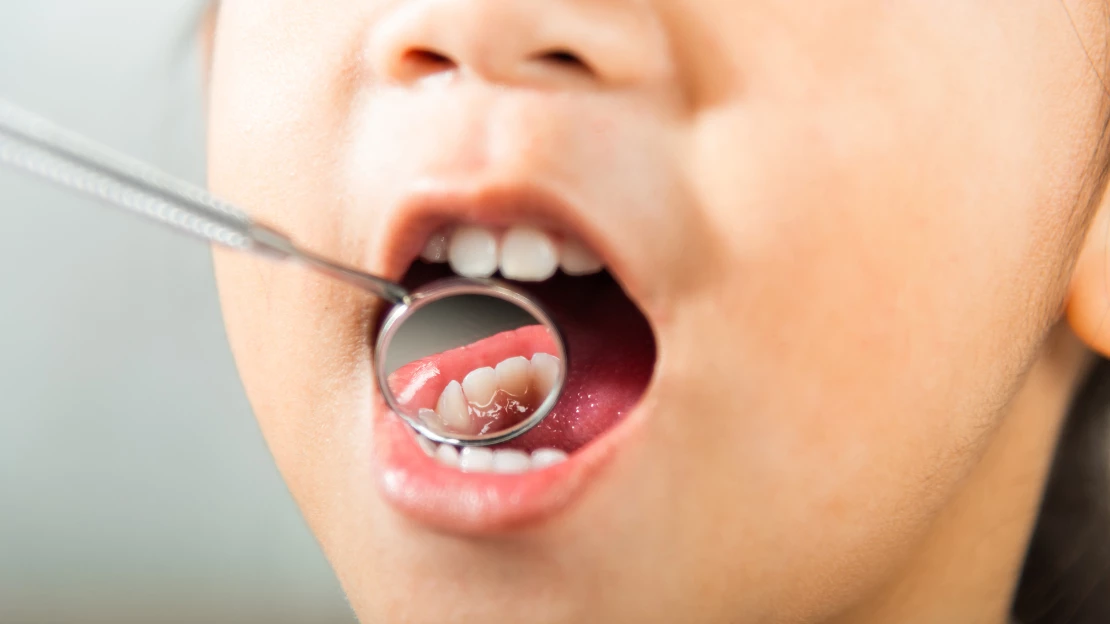Orthodontic treatment is often associated with teenagers and adults seeking to straighten their teeth. However, early orthodontic intervention, sometimes referred to as interceptive orthodontics, can play a crucial role in addressing dental issues before they become more severe. This article explores the benefits, timing, and various aspects of early orthodontic treatment for children.
Why Early Orthodontic Treatment Matters
Early orthodontic treatment is designed to address and correct dental and jaw issues in children at a young age, typically between the ages of 7 and 10. This proactive approach offers several key advantages:
- Guiding Jaw Growth: Early intervention can help guide the growth and development of the jaw, ensuring proper alignment and preventing more severe issues later on.
- Creating Space for Permanent Teeth: By addressing crowding issues early, orthodontists can create the necessary space for permanent teeth to erupt correctly.
- Reducing the Need for Future Treatment: Treating issues early can reduce the complexity and duration of orthodontic treatment required during the teenage years.
- Improving Self-Esteem: Early treatment can enhance a child’s smile and boost their confidence during critical developmental years.
- Preventing Tooth Damage: Correcting bite issues early can reduce the risk of trauma to protruding front teeth.
Identifying the Need for Early Orthodontic Treatment
The American Association of Orthodontists recommends that children have their first orthodontic evaluation by the age of 7. At this age, an orthodontist can identify potential issues with the development of the teeth and jaws. Some signs that a child might benefit from early orthodontic treatment include:
- Early or Late Loss of Baby Teeth: Losing baby teeth too early or too late can affect the alignment of permanent teeth.
- Crowded or Misaligned Teeth: Early signs of crowded or misaligned teeth can indicate the need for orthodontic intervention.
- Bite Issues: Problems such as overbite, underbite, crossbite, or open bite can be addressed more easily when detected early.
- Breathing Issues: Mouth breathing or difficulty chewing and biting may be related to dental issues.
- Speech Difficulties: Misaligned teeth can sometimes affect speech development.
Types of Early Orthodontic Treatments
There are several orthodontic appliances and treatments designed for early intervention, each tailored to address specific issues:
- Space Maintainers: Used when a baby tooth is lost prematurely, space maintainers keep the gap open until the permanent tooth erupts, preventing crowding.
- Palatal Expanders: These devices are used to widen the upper jaw, creating more space for teeth to align properly.
- Partial Braces: In some cases, partial braces are used to correct specific issues in a few teeth.
- Functional Appliances: These devices guide the growth of the jaw and correct bite issues.
- Headgear: Used to correct severe bite problems by influencing the growth of the jaw.
The Process of Early Orthodontic Treatment
The process for early orthodontic treatment typically involves several steps:
- Initial Consultation: During the first visit, the orthodontist will conduct a thorough examination, which may include x-rays, photographs, and dental impressions to assess the child’s dental and jaw development.
- Treatment Planning: Based on the findings, the orthodontist will develop a personalized treatment plan outlining the recommended approach and timeline.
- Implementation: The chosen orthodontic appliances are fitted, and the child will have regular appointments to monitor progress and make necessary adjustments.
- Ongoing Monitoring: Even after early treatment, the orthodontist will continue to monitor the child’s dental development to determine if additional treatment is needed in the future.
Benefits of Early Orthodontic Treatment
Early orthodontic treatment offers numerous benefits that extend beyond immediate dental health:
- Improved Oral Health: By addressing issues early, the risk of tooth decay, gum disease, and other oral health problems is reduced.
- Enhanced Facial Aesthetics: Properly aligned teeth and jaws contribute to balanced facial aesthetics and a more attractive smile.
- Better Functionality: Correcting bite issues early ensures that the teeth function properly, improving chewing and speech.
- Long-Term Savings: Early intervention can reduce the need for more extensive and costly orthodontic treatments later on.
Conclusion
Early orthodontic treatment is a proactive approach to addressing dental issues before they become more severe. By guiding the development of the teeth and jaws at a young age, orthodontists can create a foundation for a lifetime of healthy, beautiful smiles. If you notice any signs of dental or jaw issues in your child, consider scheduling an orthodontic evaluation to explore the benefits of early intervention. Investing in your child’s dental health today can lead to a brighter, more confident future.


